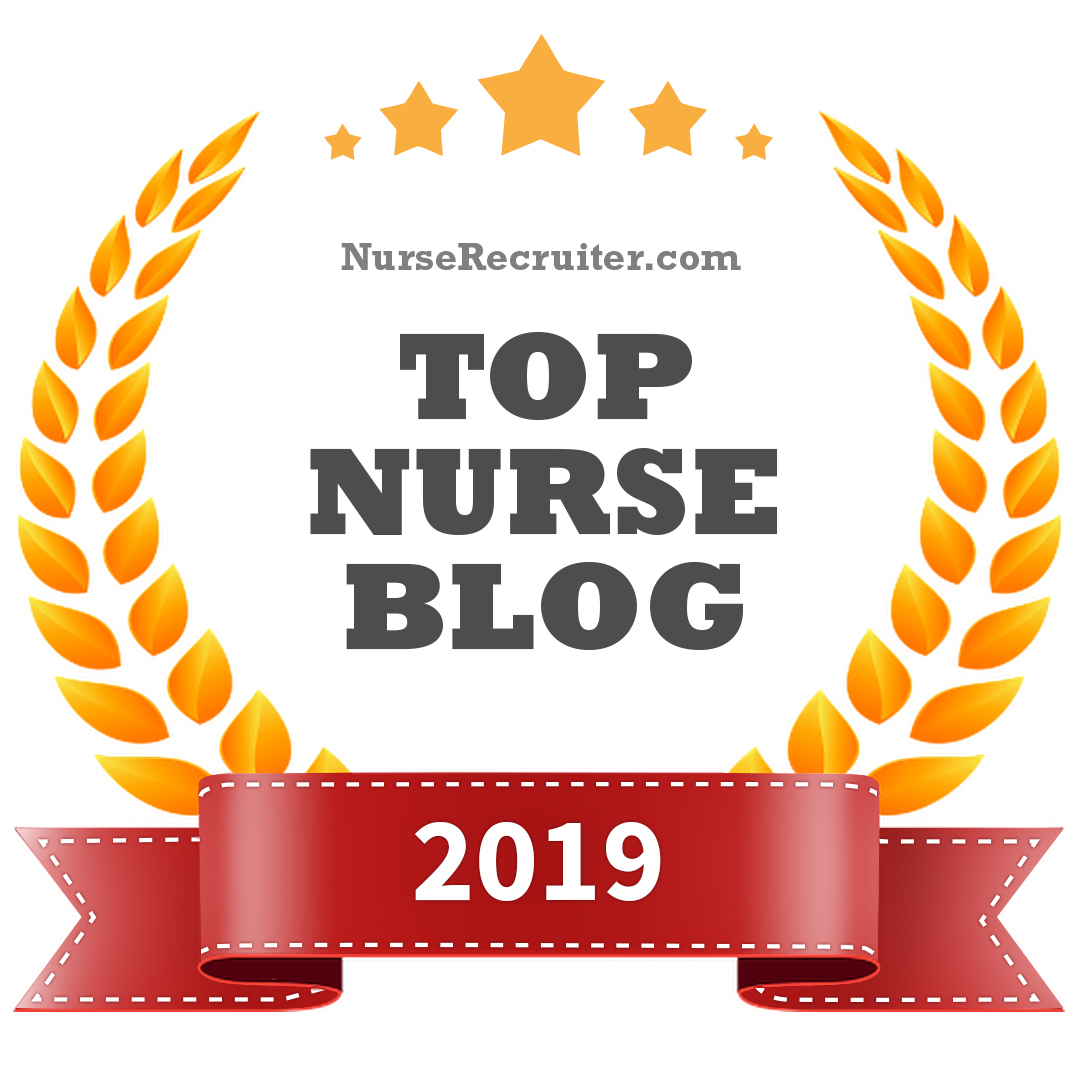Philanthropy and the Development of the Discipline
The current issue of ANS features two articles focused on the future of nursing: “Philanthropic Foundations’ Discourse and Nursing’s Future Part I: History and Agency” authored by Shawn M. Kneipp, PhD, ANP, APHN-BC; Denise J. Drevdahl, PhD, RN; and Mary K. Canales, PhD, RN and “Philanthropic Foundations’ Discourse and Nursing’s Future Part II: A Critical Discourse Analysis of RWJF Future of Nursing Initiatives” authored by Shawn M. Kneipp, PhD, ANP, APHN-BC; Mary K. Canales, PhD, RN; and Denise J. Drevdahl, PhD, RN. Both articles are available for download while they are featured. Here is a message that Dr. Kneipp provided about their work:
We began our initial Future of Nursing (FON) research efforts with a 2016 presentation at the American Public Health Association (APHA) annual meeting, using critical discourse analysis to examine public health nursing’s (PHN) representation within the FON and five-year evaluation reports, Robert Wood Johnson Foundation (RWJF) nursing campaigns, and previous Institute of Medicine Reports that informed the FON. As a research methodology, discourse analysis was selected because of its usefulness in examining dominant discourses that influence nursing practice. The analysis indicated that public health was often constructed within the context of individualized care. The public/community health workforce was narrowly defined with PHN presented primarily through case studies of individualized care while population health focused on clinical population categories. This first investigation raised more questions than answers, especially regarding processes surrounding the FON’s development and the RWJF’s unique role in the effort. We were therefore well positioned to continue this work when we learned a second report was being planned.
As public health nurses, our initial reactions to the planning of a second FON report that would focus on nursing’s role in addressing the social determinants of health (SDoH) was met with both a sense of validation and apprehension. On the one hand, it was validating to have nurses practicing in specialties within the profession beyond those in PHN recognize the critical role that SDoH play in perpetuating health inequities. On the other hand, we were also apprehensive about the potential for SDoH being narrowly conceptualized – and what that might mean for the scope of interventions in which nurses would be asked to engage. Specifically, nursing’s history of directing practice, education, and research endeavors at the individual level has produced a profession that overwhelmingly, and willfully, dons blinders to understanding the socially-constructed systems that differentially drive the health of the individual patients for whom care is provided, and the communities to which they belong.
At the time the second FON process was launched, I had just stepped into the role of Chair of the APHA’s Public Health Nursing (PHN) Section. Given that populations with the worst health outcomes due to SDoH have been a long-standing focus of PHN, it seemed reasonable to expect that public health nurses as a collective, through their member organizations, would figure prominently as presenters or panel participants both within the National Academies of Science, Engineering, and Medicine (NASEM) FON committee, and at the public forums held by the FON committee. I anecdotally observed the opposite, whereby several leaders of the APHA PHN Section in collaboration with other PHN-focused organizations (the Council of Public Health Nursing Organizations, among others) regularly attempted to engage in the process, but to little avail. Ultimately, APHA PHN leaders were able to provide two minutes of testimony at the public forums. However, nurses from acute care systems were routinely given much more ‘discursive space.’ The irony of this was not lost on us, and these observations led to the systematic, critical examination of the entirety of the process and the juxtaposition of nursing as a self-regulating profession through professional organizations, the discursive space afforded nursing representation during FON processes, and what this might mean for nursing’s collective agency.







Trackbacks & Pingbacks